Saturday Morning Science 013
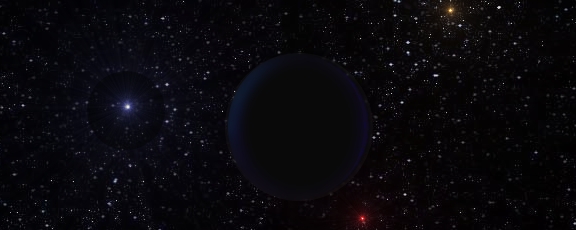 The world’s first commercial quantum computer meets its “early adopter”…What was imagined as rare and unique now looks to be numerous and common and enough with the killer drones: what about a robot for the best in us?
The world’s first commercial quantum computer meets its “early adopter”…What was imagined as rare and unique now looks to be numerous and common and enough with the killer drones: what about a robot for the best in us?
Schrodinger’s Catbox Arrives!!! It’s powered by a 128 cubit processor, it has a 100 square footprint, it looks like the monolith from 2001: a Space Odyssey trying out for the role of of Jake La Motta in Raging Bull and it’s yours for 10 million dollars. Originally this space would have held a short notice about the first quantum computer rolling out with a series of flippant and glib speculations by Yours Truly as to who the first purchaser would be…for the record: Google for its “secret” project to turn their browser into the catalyst seed for the Singularity, a small government backed cartel of Chinese industrialists that just want to reverse engineer it so they can build knock-offs for next Xmas or some creepy shell company owned by the Illuminati/Spectre/Trilateral Commission/etc. for a purpose too horrible to contemplate. Relax folks, it’s turned out to be a large weapons manufacturer (oops…defence contractor); Lockheed Martin. And what are they going to with it? The D-Wave computer uses “quantum annealing” to implement artificial intelligence tasks like “natural language processing, computer vision, bioinformatics, financial risk analysis, and other types of highly complex pattern matching”…or maybe they just want to encrypt their emails. At 10 million dollars per system I expect the next guy to buy one will be Peter Jackson whose 48 frame per second CGI for The Hobbit will probably need a bigger render farm. For the curious, a link to a semi-encrypted interview with D-Wave co-founder, Geordie Rose courtesy of HCP wire.
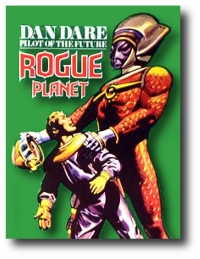 Sans Soleil- Rogue planets have long been the stuff of space opera and bigger budget disaster films. Whether as the sunless lair of an ancient galactic threat or an apocalyptic intruder who just happens to home in on the Earth despite the presence of five gravitationally juicer targets in this solar system, the rogue planet was a theoretical object with a large baggage of improbable dread. These wandering planets were seen as castaways from the process of solar system formation but it was always assumed that this was an uncommon occurrence, so rare that it was an idea best left to the pulp writers, cranks and Hollywood. After all, why speculate about something that no one has ever seen and which doesn’t really explain anything? A NASA funded study of the galactic core has changed that notion. Using the technique of gravitational microlensing (observing the bending of light from stars by the gravity of unseen objects) and aiming a suitably equipped telescope into the star crowded centre of our galaxy, astronomers were able to detect 10 “orphan planets” with an average mass of three Jupiters. These brown dwarfs are stuck between being stars and planets and they may outnumber the visible stars in our galaxy. Current models favour them being the result of chaotic planetary formation but it is also possible that they formed independently just like regular stars. Are there rogue worlds near us? This observational technique is difficult to implement out here in the galactic rim. It works better where you have a high density of nearby, clustered stars. So it is a case of finding something where it’s easiest to find it. Could the mass of these brown dwarfs account for the effects of dark matter? No, even at the highest estimate they would only account for 20 percent. For more information on the study: a link to NASA and “just for fun” some speculations on the chances for life on a rogue planet courtesy of Wired and a pdf of a paper from astronomers at the University of Chicago: The Steppenwolf: A proposal for a habitable planet in interstellar space.
Sans Soleil- Rogue planets have long been the stuff of space opera and bigger budget disaster films. Whether as the sunless lair of an ancient galactic threat or an apocalyptic intruder who just happens to home in on the Earth despite the presence of five gravitationally juicer targets in this solar system, the rogue planet was a theoretical object with a large baggage of improbable dread. These wandering planets were seen as castaways from the process of solar system formation but it was always assumed that this was an uncommon occurrence, so rare that it was an idea best left to the pulp writers, cranks and Hollywood. After all, why speculate about something that no one has ever seen and which doesn’t really explain anything? A NASA funded study of the galactic core has changed that notion. Using the technique of gravitational microlensing (observing the bending of light from stars by the gravity of unseen objects) and aiming a suitably equipped telescope into the star crowded centre of our galaxy, astronomers were able to detect 10 “orphan planets” with an average mass of three Jupiters. These brown dwarfs are stuck between being stars and planets and they may outnumber the visible stars in our galaxy. Current models favour them being the result of chaotic planetary formation but it is also possible that they formed independently just like regular stars. Are there rogue worlds near us? This observational technique is difficult to implement out here in the galactic rim. It works better where you have a high density of nearby, clustered stars. So it is a case of finding something where it’s easiest to find it. Could the mass of these brown dwarfs account for the effects of dark matter? No, even at the highest estimate they would only account for 20 percent. For more information on the study: a link to NASA and “just for fun” some speculations on the chances for life on a rogue planet courtesy of Wired and a pdf of a paper from astronomers at the University of Chicago: The Steppenwolf: A proposal for a habitable planet in interstellar space.
Open Source Aquabots: The words, autonomous, swarm and robots are not usually put together with a constructive purpose in mind. Does changing the word swarm to fleet help matters? In response to last year’s massive oil spill in the Gulf of Mexico, TED fellow Cesar Harada has stepped up with a plan to make the Protei: an open source design for a flotilla of sea worthy, sailing robots to clean up off-shore oil rig and tanker spills. Using Kickstarter for his initial financing Harada is working up a prototype unit for a fleet of aquabots (or are they eco-droids?). Presently the devices are radio controlled drones but the aim is to make them autonomous in operation. For a quick overview of his project and it’s advantages over other solutions: a link to an informed and sympathetic article by Ben Jervey at Good. I, for one, welcome our robot clean-up crew.

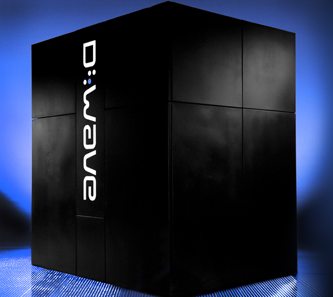
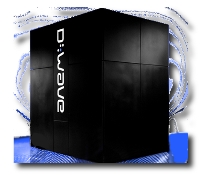
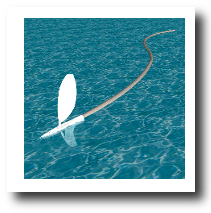
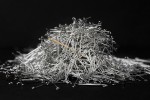


548590 757665This plot doesnt reveal itself; it has to be explained. 84468
207451 393437Its wonderful as your other posts : D, appreciate it for putting up. 467912
995648 336738Wow, suprisingly I never knew this. Maintain up with very good posts. 337102
263406 349035superb post. Neer knew this, appreciate it for letting me know. 577963